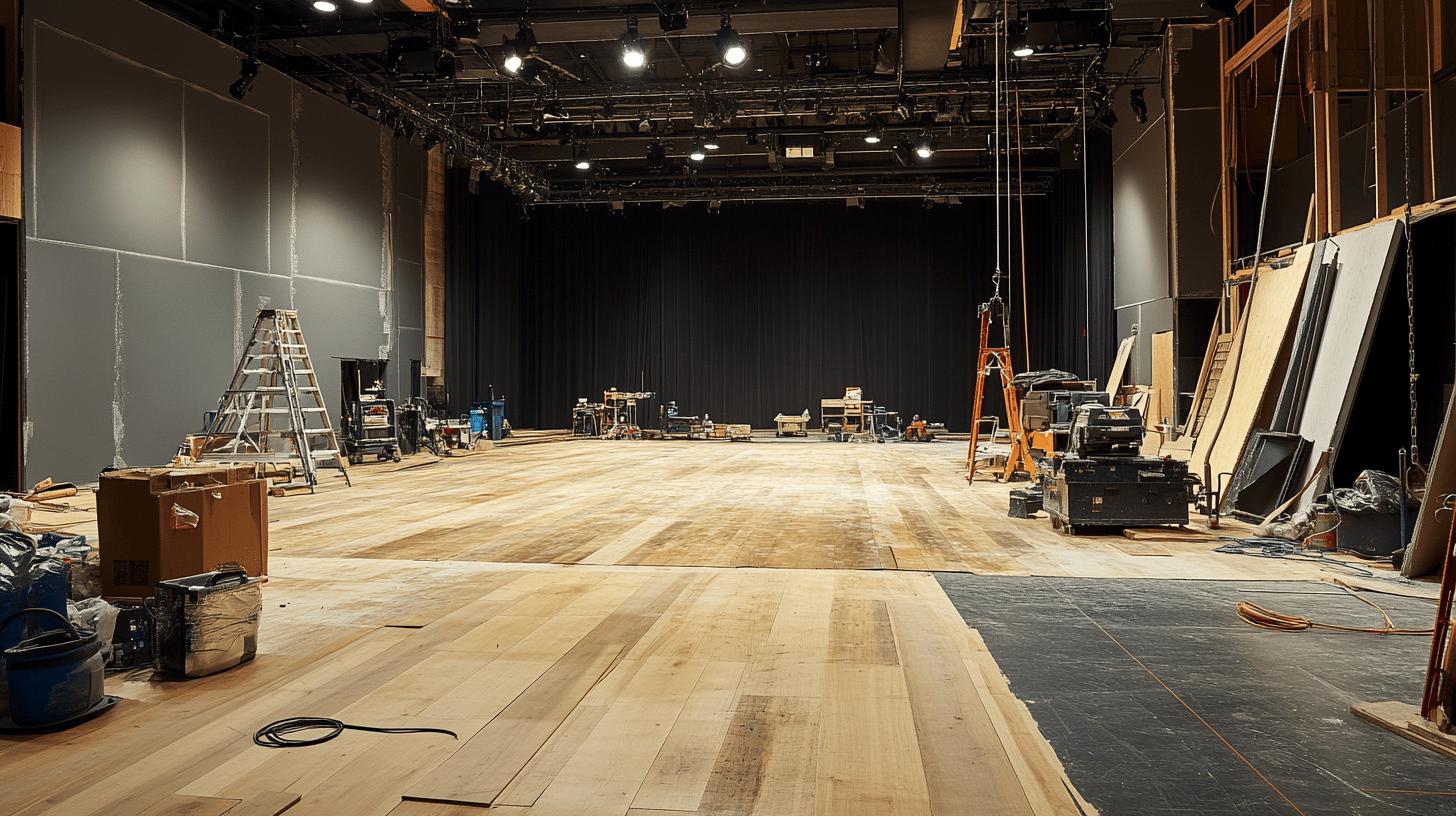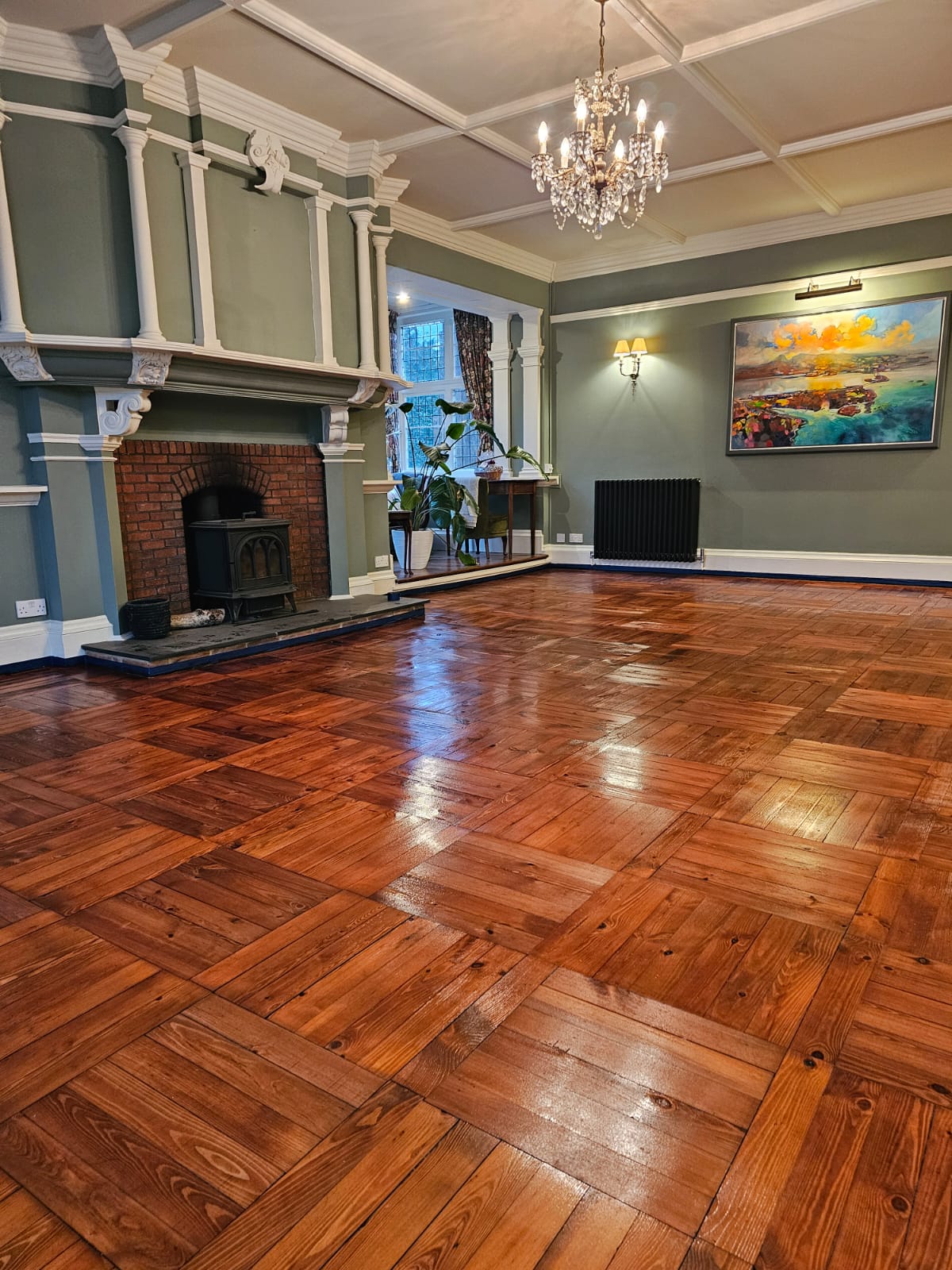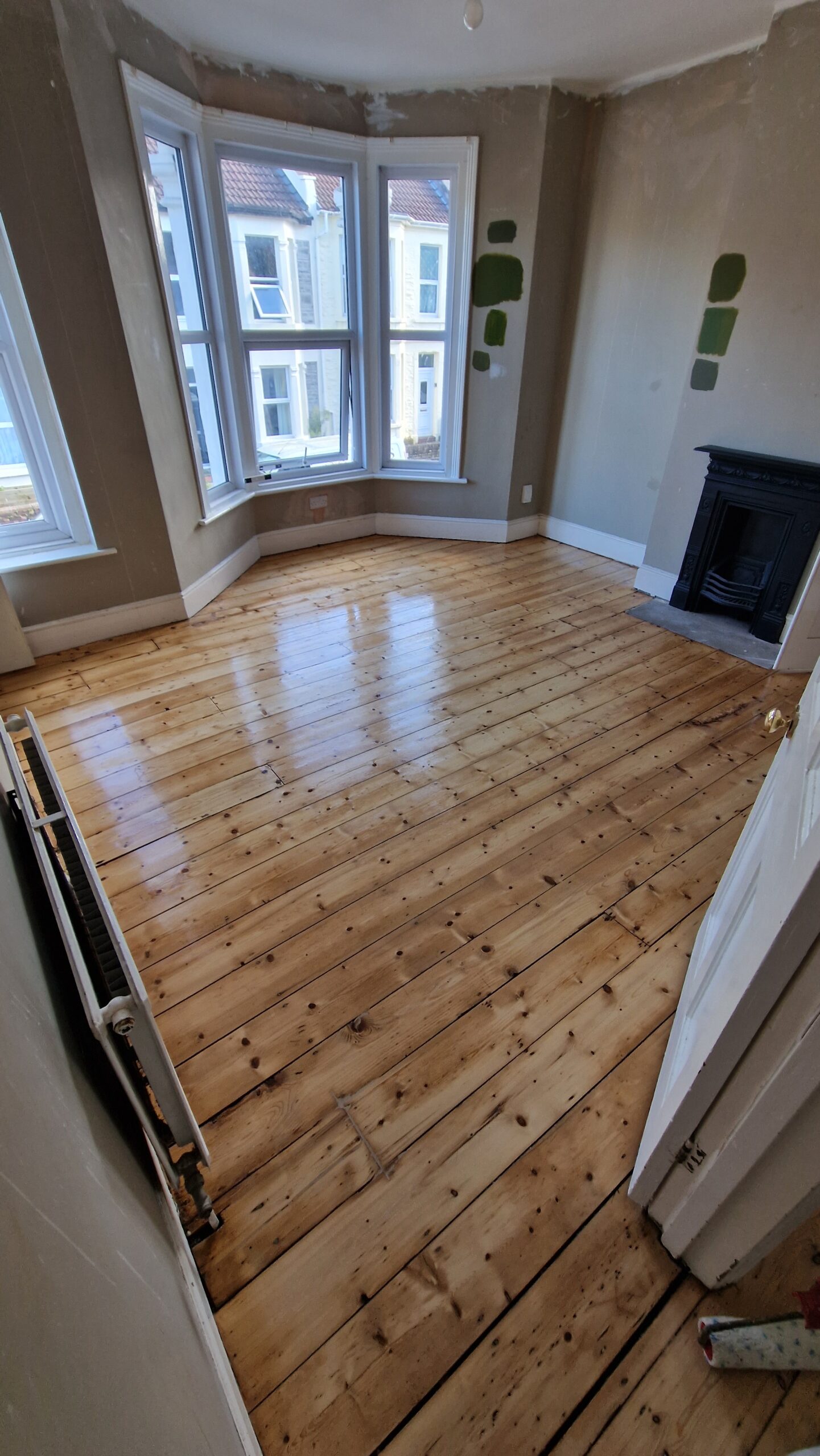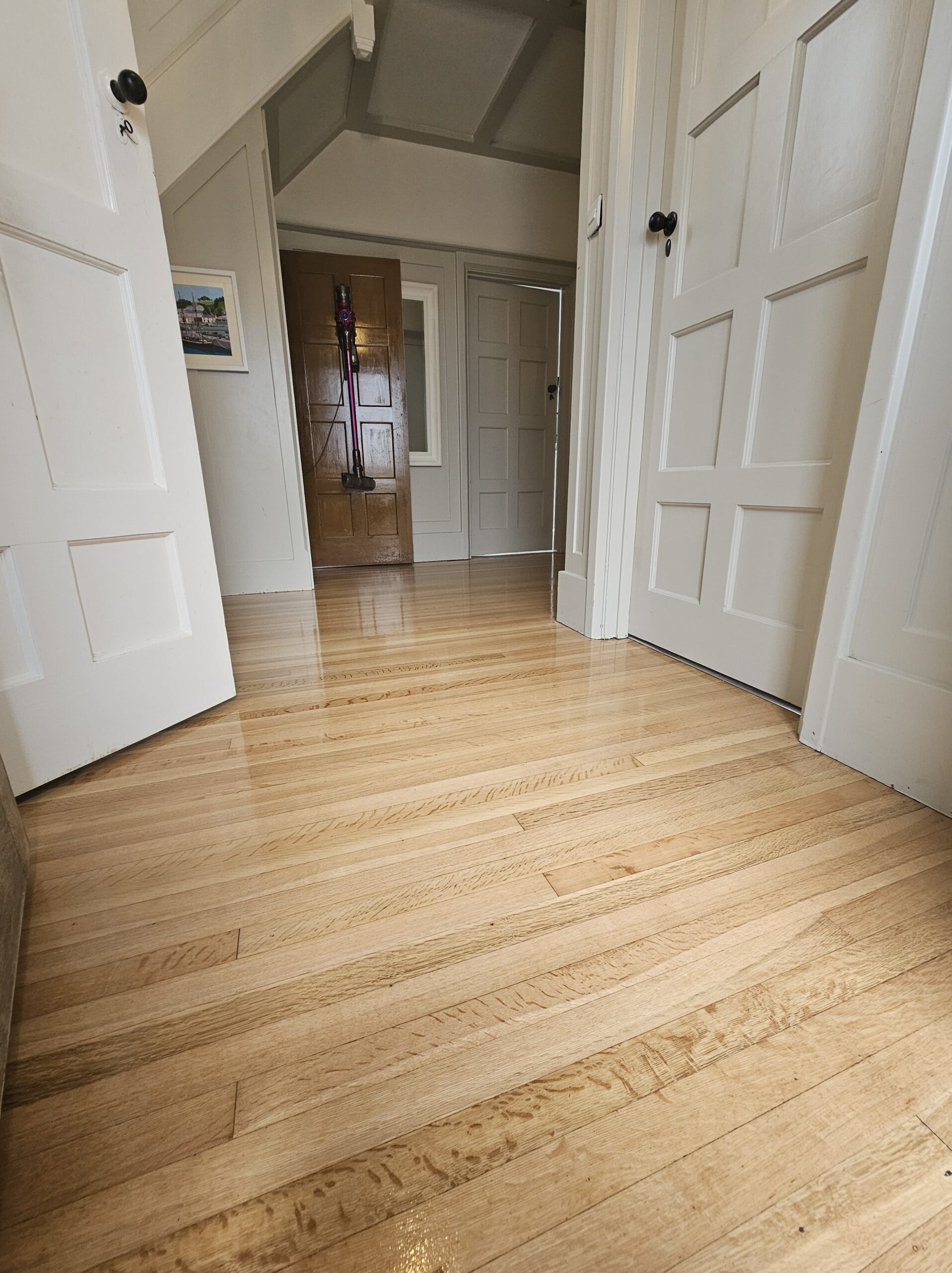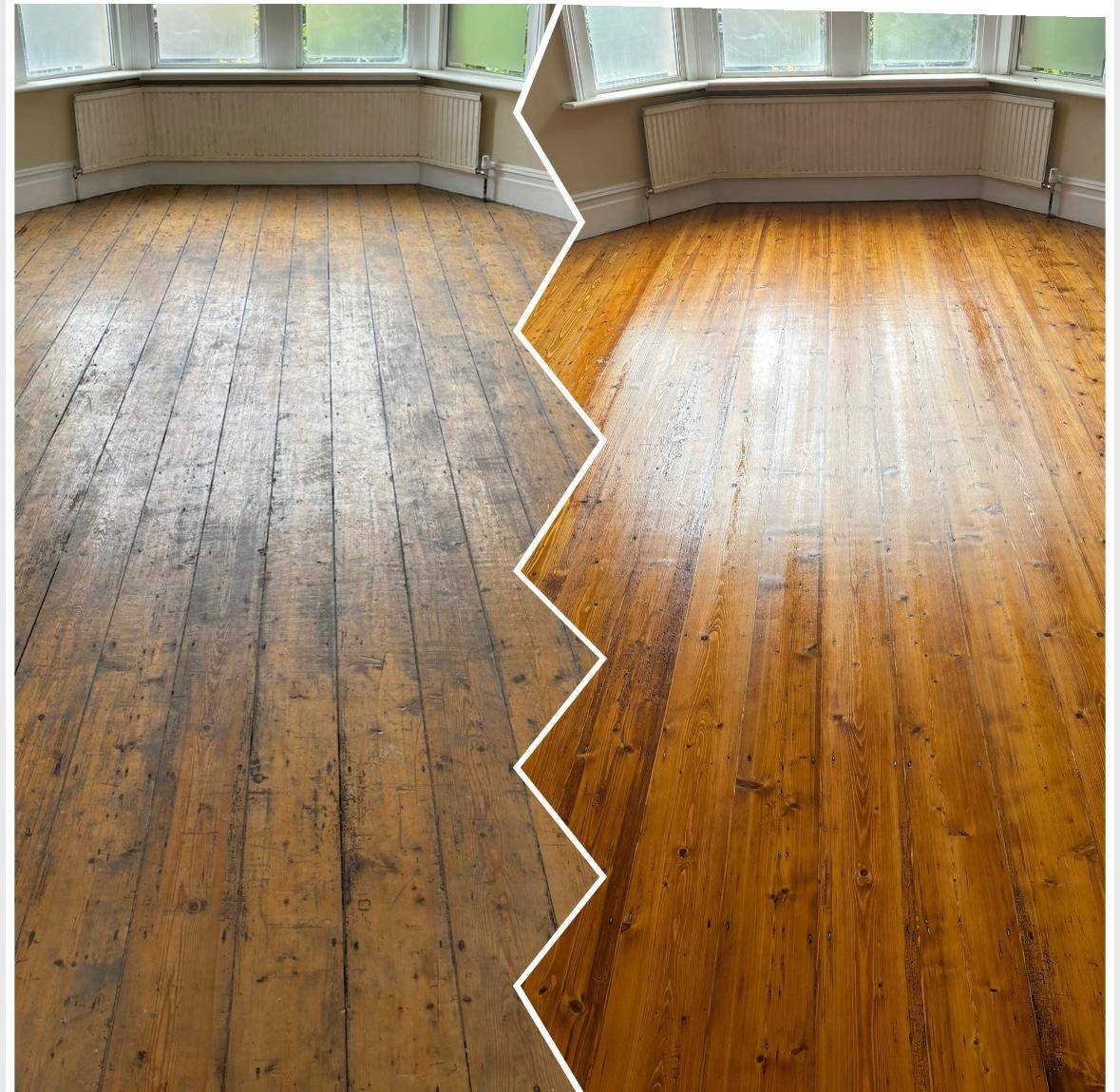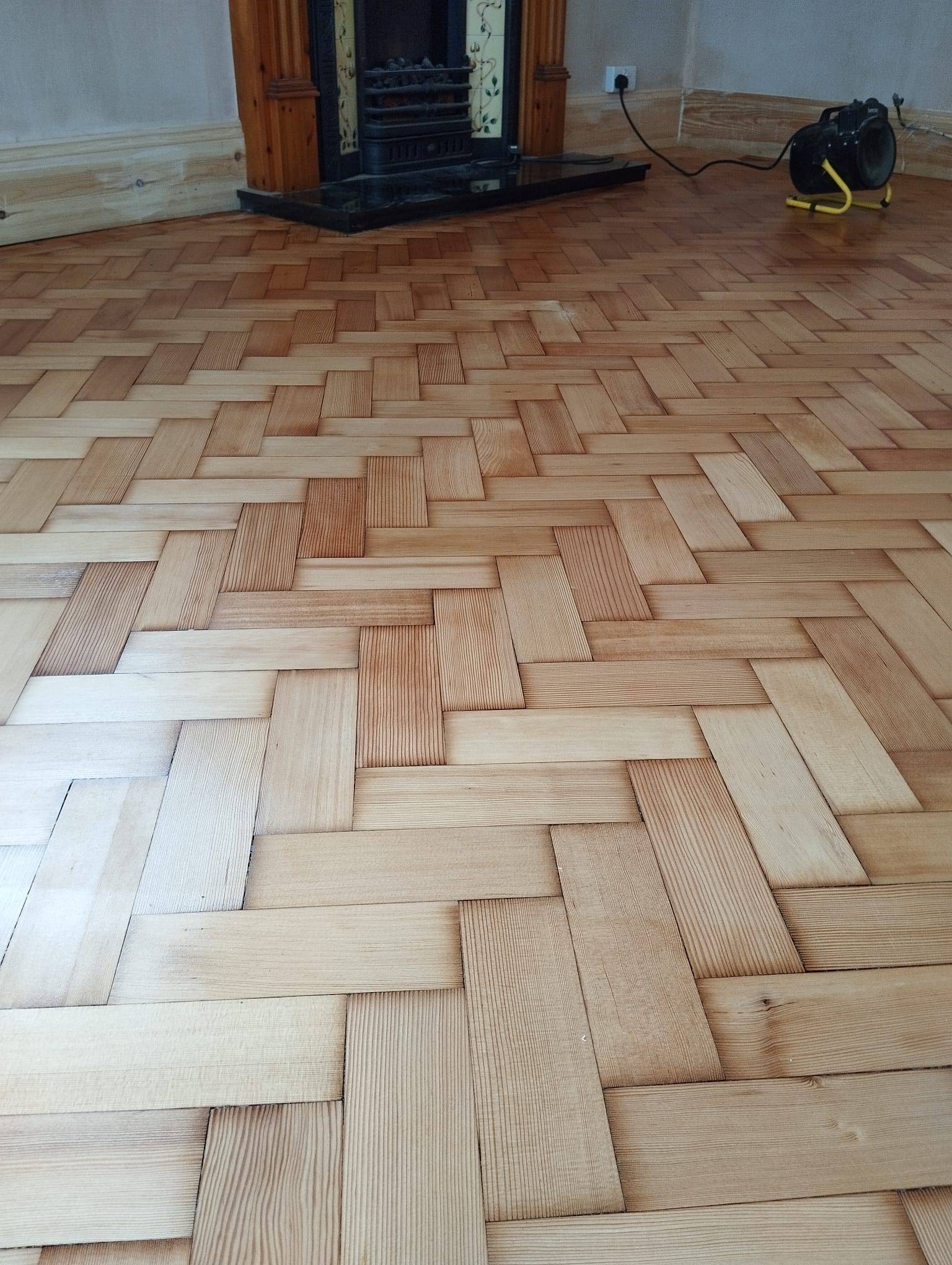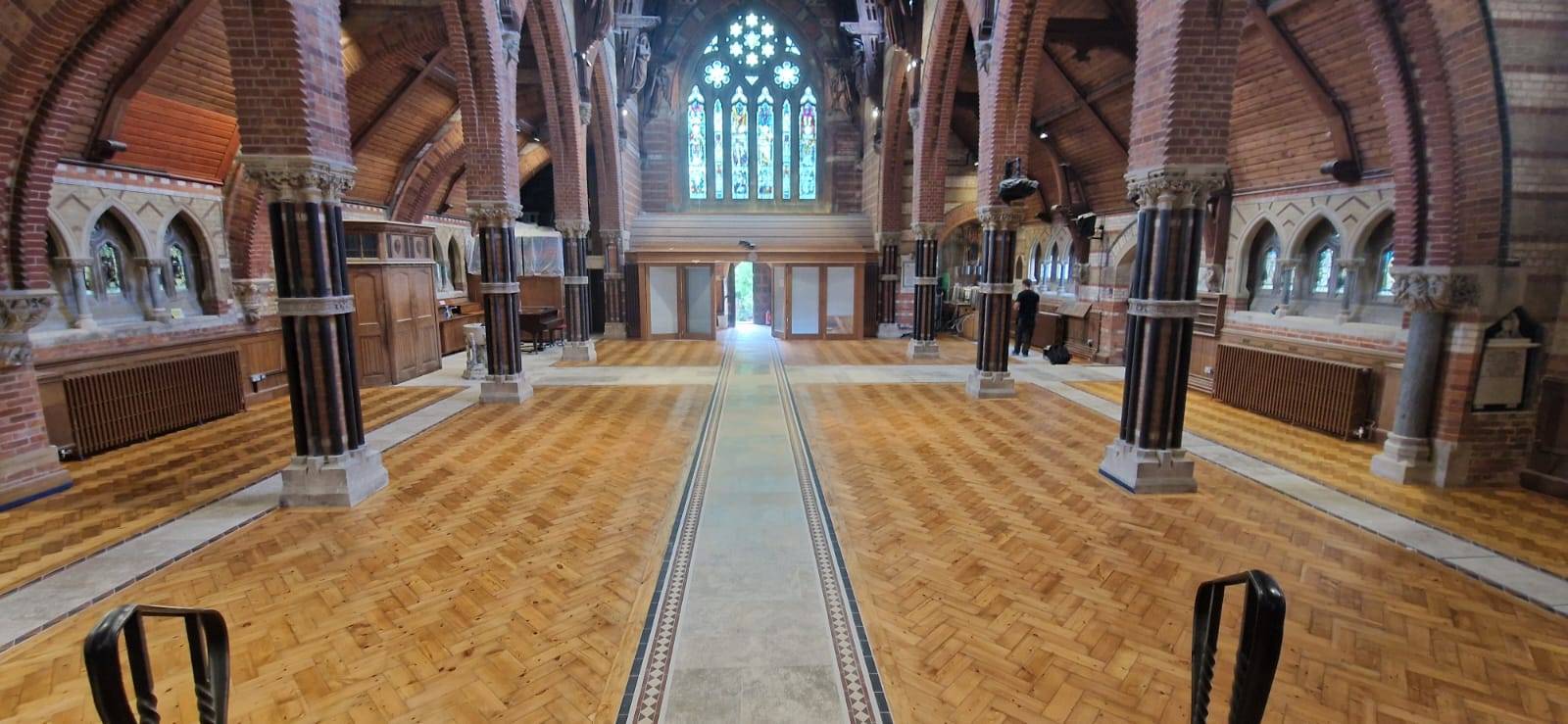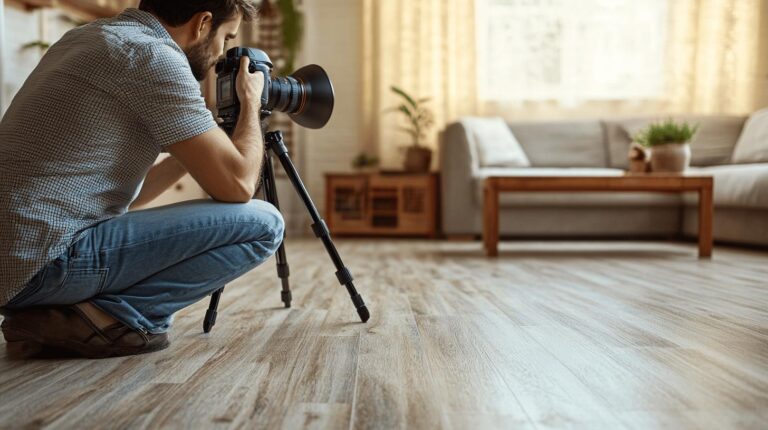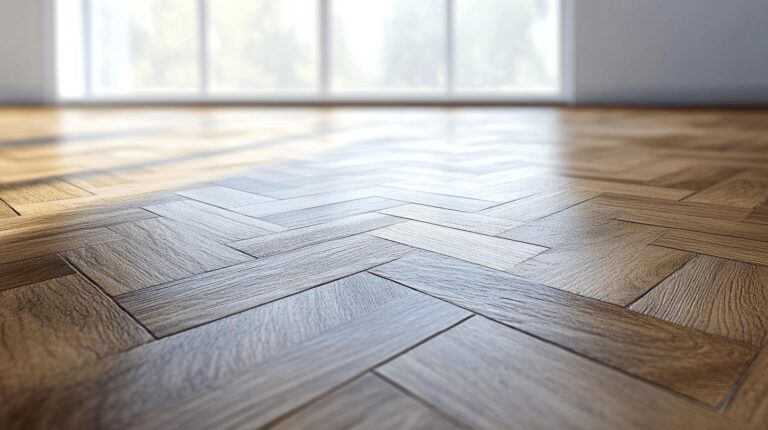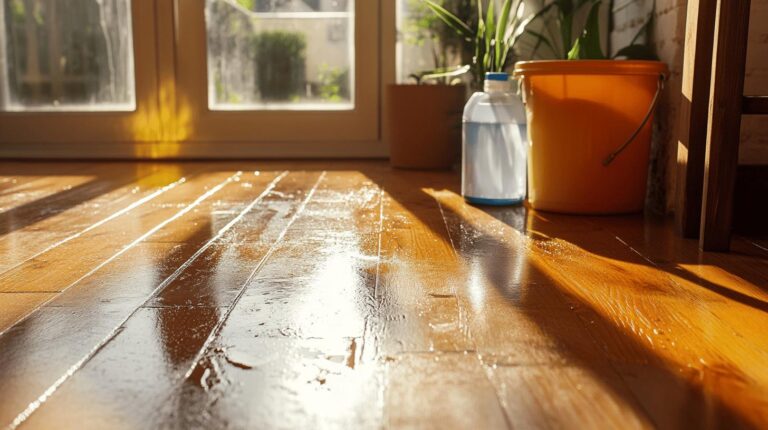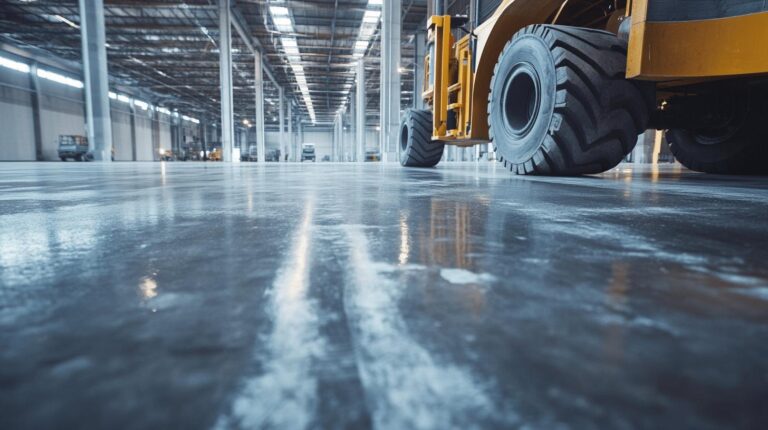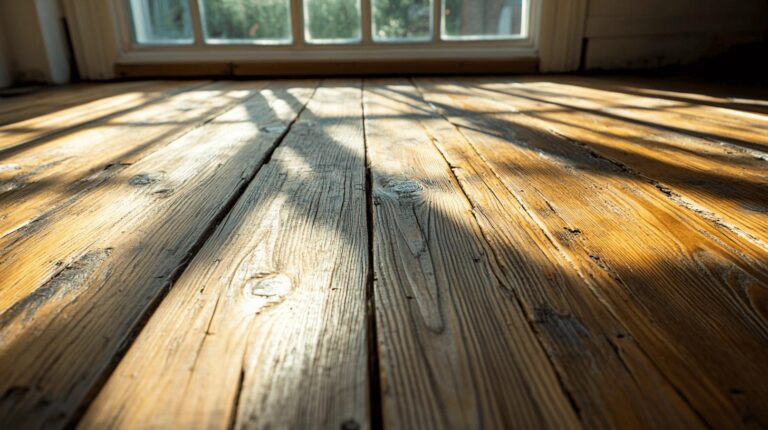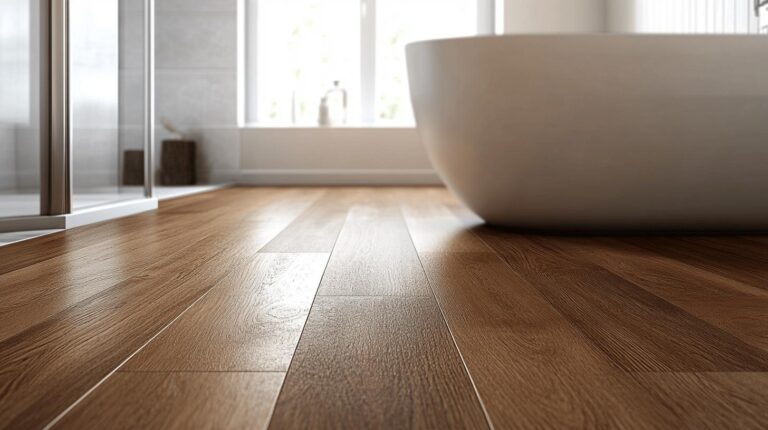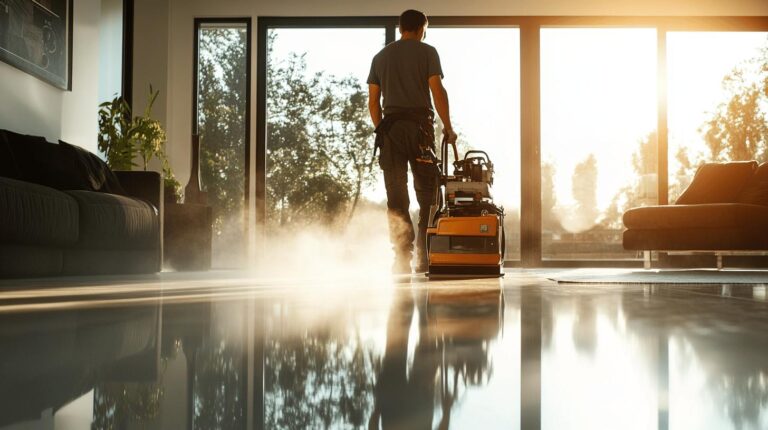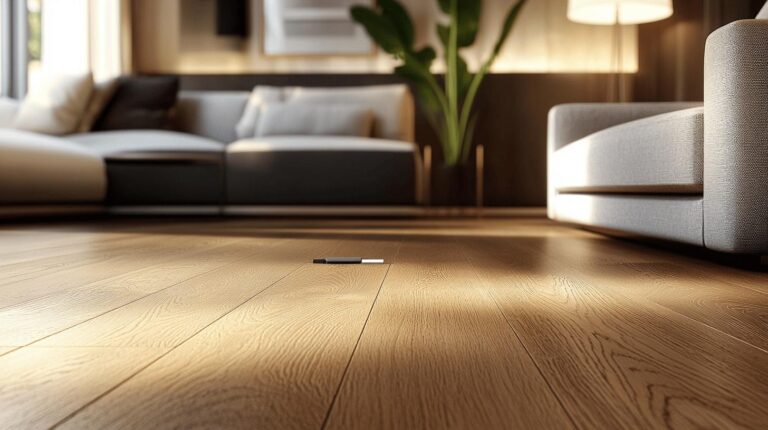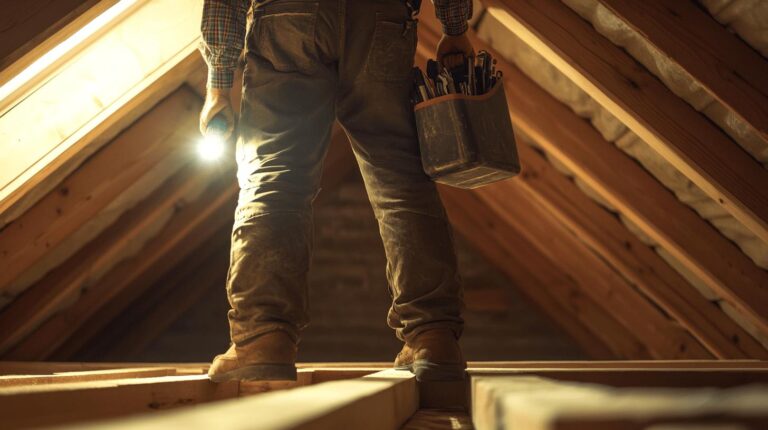Imagine a stage where every footfall echoes not just the rhythm of dance but the artistry of restoration. Theatre and dance studio floors require a symphony of specialised restoration techniques to maintain their elegance and functionality. The intense demands of high traffic, coupled with the need for flawless, safe surfaces, create challenges that standard flooring practices simply cannot address. This article delves into innovative restoration methods tailored for these unique environments, offering insights into why such techniques are essential and how they preserve the integrity of performance spaces, ensuring they remain vibrant and enduring stages for creativity.
Specialized Restoration Techniques for Theatre and Dance Floors
Specialized techniques are vital in theatre and dance floor restoration due to the unique demands of these environments. The high foot traffic and the necessity for safe, smooth surfaces require precise and expert methods to ensure longevity and performance. Traditional hardwood floors, for example, benefit significantly from sanding and refinishing processes. These methods not only restore the aesthetic appeal but also reinforce the structural integrity of the floors. Vinyl floors, commonly used in modern studios, often require patching and resealing to address wear and tear efficiently. Each of these techniques is tailored to meet the specific requirements of theatre and dance environments, ensuring that performers have a safe and reliable surface to work on.
- Sanding
- Refinishing
- Resealing
- Patching
- Surface Polishing
The benefits of implementing these specialized restoration techniques are manifold. By maintaining the floors through these methods, theatres and dance studios can provide safer environments for performers, reducing the risk of injuries caused by slick or uneven surfaces. Additionally, well-maintained floors enhance the aesthetic appeal of the venue, contributing to a professional atmosphere that is crucial for performances. Regular application of these restoration techniques prolongs the lifespan of the flooring materials, thereby offering cost-effective solutions in the long run. By investing in professional repair techniques, facilities can ensure optimal performance and safety standards are consistently met.
Selecting the Right Materials for Dance and Theatre Floors
Choosing the right materials for dance and theatre floors is critical to ensure safety, performance, and longevity. Different performances demand specific flooring characteristics, such as shock absorption for dance studios or smooth surfaces for theatrical performances. Understanding the unique demands of each environment helps in selecting materials that not only meet safety standards but also enhance the performance experience for both artists and audiences.
Types of Theatre and Dance Floor Materials
Hardwood Floors
Hardwood is a traditional choice, known for its durability and classic aesthetic. It offers long-lasting performance and can be sanded and refinished multiple times, making it a cost-effective option in the long run. Its solid surface provides stability, which is crucial for certain dance styles requiring precise footwork.
Marley Vinyl Floors
Marley vinyl is the modern standard for dance studios, offering a non-slip surface that accommodates a variety of dance styles. It is easy to maintain and can be repaired or replaced in sections, minimizing downtime. This material is lightweight and portable, making it ideal for temporary installations or events.
Sprung Floors
Sprung floors are designed to absorb shock, providing a cushioned surface that reduces injury risk. This makes them particularly suitable for ballet and other high-impact dance forms. The construction of sprung floors involves a combination of materials that offer both flexibility and resilience, ensuring dancer comfort and safety.
Matching flooring materials to the specific needs of performances is essential for optimal functionality. The right choice not only supports the technical requirements of the performance but also contributes to the overall aesthetic and atmosphere of the space.
Cost Considerations for Floor Restoration Projects
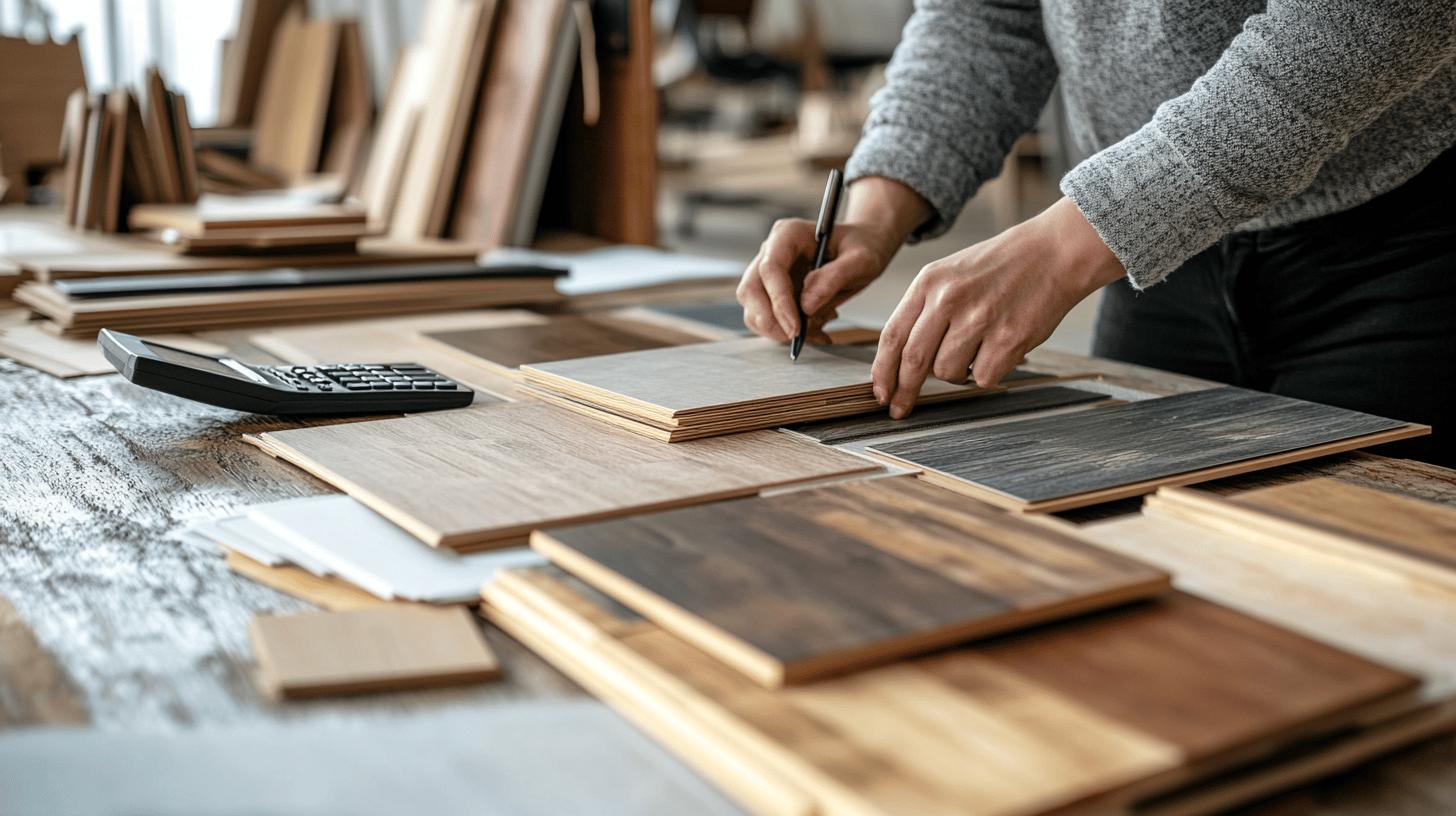
The financial aspects of floor restoration projects can vary widely based on several key factors. The size of the space is a significant determinant, with larger areas naturally incurring higher costs due to the increased material and labour required. The type of flooring material also impacts the expense, as hardwood may require different treatment compared to vinyl or Marley floors. Additionally, the extent of damage plays a crucial role; minor wear and tear may be addressed with simple refinishing, while extensive deterioration might necessitate a complete overhaul. Understanding these variables helps in formulating a realistic budget for the restoration project.
When planning a floor restoration project, budget planning is essential to avoid unexpected expenses. It is advisable to consult with experienced professionals who can provide accurate estimates and offer cost-effective solutions tailored to specific needs. Prioritising areas with the most significant damage can help in managing costs effectively. Additionally, considering long-term maintenance costs during the budgeting process ensures that the restored floors remain in optimal condition, ultimately saving money over time.
Maintaining Theatre and Dance Studio Floors for Longevity
Regular maintenance is essential for prolonging the lifespan and performance of theatre and dance studio floors. These specialised floors endure significant wear from constant use, necessitating a consistent upkeep routine to prevent deterioration. Immediate attention to spills is crucial, as liquids can penetrate and damage the floor’s surface, leading to costly repairs. Implementing a maintenance schedule that includes periodic professional inspections can identify and rectify minor issues before they escalate into major problems. Such inspections should focus on the floor’s structural integrity and surface condition, ensuring that it remains safe for performers. By adhering to these practices, facilities can maintain their floors’ aesthetic appeal and structural soundness, thereby enhancing the overall experience for artists and audiences.
- Regular cleaning
- Immediate spill management
- Periodic professional inspections
- Surface polishing
- Ensuring proper ventilation
Maintaining theatre and dance studio floors not only extends their longevity but also enhances safety and performance quality. Regular cleaning prevents dirt accumulation, which can cause abrasive wear on the floor’s surface. Surface polishing helps to preserve the floor’s finish, ensuring it remains smooth and safe for performers. Proper ventilation is equally important, as it prevents moisture buildup, which can lead to warping or mould growth. By investing time and resources into comprehensive maintenance strategies, venues can avoid extensive repairs and ensure that their floors continue to provide a reliable and visually appealing stage for performances.
Case Studies: Successful Theatre and Dance Floor Restorations
Case studies serve as vital examples of how investing in high-quality materials and regular maintenance can lead to reduced long-term costs and improved safety within performance spaces. By examining specific restoration projects, one can gain insights into the techniques and strategies that ensure the durability and functionality of theatre and dance studio floors. These real-world examples demonstrate how careful execution and attention to detail can preserve the historical and aesthetic value of performance spaces while meeting modern safety standards.
- Parquet floor restoration in Lyndhurst, Hampshire
A historic church in Lyndhurst underwent a meticulous parquet floor restoration, which involved sanding, refinishing, and sealing to revive its original beauty while ensuring the floor’s structural integrity. - Various restorations in Bristol
Several performance venues in Bristol have benefited from comprehensive restoration efforts that included the replacement of damaged sections and the application of durable finishes to withstand heavy foot traffic. - Dance studio refurbishments in Devon
Dance studios in Devon have seen significant improvements through refurbishment projects focusing on installing shock-absorbent materials to enhance dancer comfort and safety.
The lessons learned from these projects underscore the importance of selecting appropriate materials and implementing regular maintenance schedules. By prioritising quality and precision in restoration efforts, facilities can ensure that their floors remain safe, functional, and visually appealing for years to come. These case studies illustrate that a proactive approach to floor maintenance and restoration not only extends the life of the flooring but also contributes to a superior performance environment.
Expert Tips for Choosing the Right Restoration Partner
When selecting a restoration partner for theatre and dance studio floors, several critical qualities must be considered. How can you ensure the partner is capable of delivering high-quality results? A proven track record in the industry is essential, indicating that the company has successfully handled similar projects and can be trusted with your flooring needs. Specialisation in theatre and dance floors is also crucial, as these environments have unique requirements that general contractors may not fully understand. Additionally, the use of modern techniques and equipment is important to guarantee efficient, precise, and lasting restoration outcomes. Client consultations should focus on quality assurance, ensuring that the restoration partner aligns with your specific requirements and performance standards.
- Proven track record
- Specialization in theatre and dance floors
- Use of modern techniques and equipment
- Strong client feedback and testimonials
Ryans Restoration is an exemplary choice for a restoration partner, offering over 30 years of experience in wood floor restoration and installations across the UK. Their expertise in professional dance floor sanding highlights their commitment to restoring the beauty, safety, and functionality of these specialised floors. With a focus on client satisfaction and quality assurance, Ryans Restoration is well-equipped to meet the demands of theatre and dance studios, ensuring that your flooring is both aesthetically pleasing and durable.
Final Words
Restoring theatre and dance studio floors demands specialised approaches, catering to unique pressures and performance requirements. Techniques such as sanding, refinishing, and resealing are vital for sustaining functionality and safety. Selecting appropriate materials like hardwood or Marley vinyl further enhances the overall durability and performance of these floors.
Effective budgeting and choosing the right partner are crucial for ensuring cost-effectiveness and quality. Proper maintenance prolongs floor longevity, minimising future costs and enhancing safety. Investing in specialised restoration approaches for theatre and dance studio floors ultimately supports lasting performance excellence.
Contact Ryan’s Restoration for specialised floor restoration services
FAQ
Q: What are the specialised restoration techniques for theatre and dance floors?
Restoration techniques for theatre and dance floors involve sanding, refinishing, resealing, patching, and surface polishing. These methods address the unique demands of high foot traffic and ensure smooth, safe surfaces.
Q: How do sanding, refinishing, and resealing help restore theatre floors?
Sanding, refinishing, and resealing restore floors by removing worn finishes, applying new coats, and sealing surfaces to protect against damage. These processes enhance durability and maintain a polished appearance.
Q: What are the main types of materials used for dance and theatre floors?
The main types of materials include hardwood, Marley vinyl, and sprung floors. Hardwood offers durability, Marley vinyl provides maintenance ease, and sprung floors ensure shock absorption, enhancing performer safety and comfort.
Q: What are cost considerations for floor restoration projects?
Factors influencing restoration costs include space size, flooring type, and damage extent. Costs range from hundreds to thousands of pounds, emphasising the need for thorough budgeting and project planning.
Q: How can regular maintenance extend the life of dance studio floors?
Regular maintenance like cleaning, managing spills, and professional inspections prevents issues and prolongs floor life. Maintaining smooth surfaces ensures safety and optimal performance standards for dancers.
Q: What are some successful examples of theatre and dance floor restorations?
Case studies like parquet restoration in Lyndhurst and studio refurbishments in Devon showcase the impact of quality materials and regular maintenance for reduced costs and enhanced performance safety.
Q: What should one consider when choosing a theatre floor restoration partner?
An ideal restoration partner should have a proven track record, specialise in theatre floors, use modern techniques, and have positive client feedback. Ryans Restoration is a recommended partner with extensive experience.
